So, I know that vacuum tubes only work because they're, well, a vacuum, and gas-filled tubes have a hysteretic effect relating to gas ionization.
My question, however, is this: Would an open-air 'tube' be a viable device in any situation? Of course, a cold-cathode version of such a device is just a spark gap, but could a spark gap with one side heated (assume, for the moment, that the oxidation of the electrode isn't a problem. Obviously this would be a concern if one was to actually try to make one of these.) act as a crude latching rectifier? Would it be at all usable, assuming actual sealed tubes and semiconductors aren't an option? Could you add a grid, to make an open-air thyratron?
If not, well, I also know that gas-filled tubes are typically (always?) filled with low pressure gas. Would it be possible to make one work at atmospheric pressure in a gas that has the appropriate properties? This would be more practical than the above because an inert gas could be used.
This is a purely academic question, just a strange thought I had. Obviously, this is horribly impractical and unsafe; I'm more concerned as to whether such a device would do anything at all that could make it useful, even if it's much less useful than the obvious alternatives.


